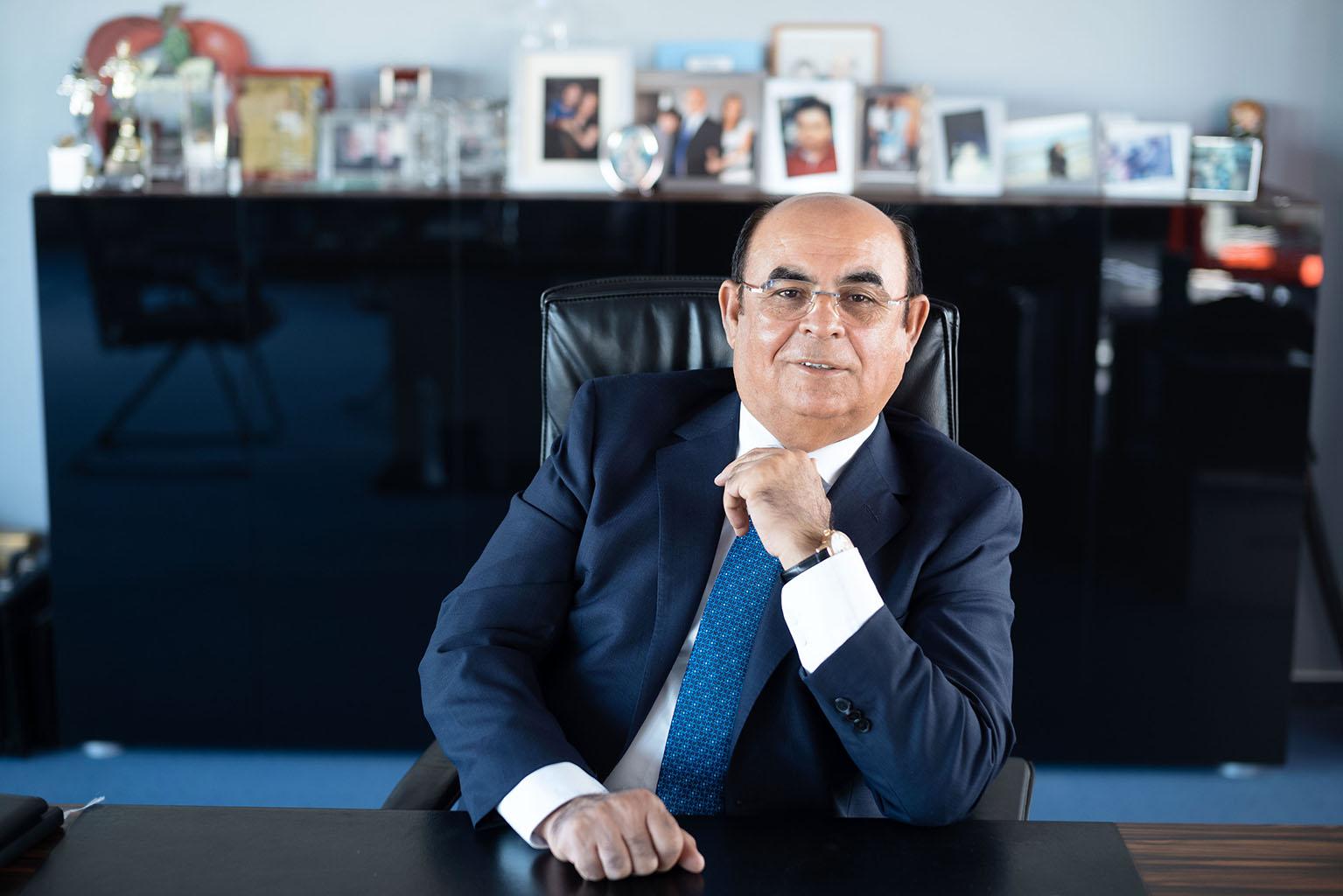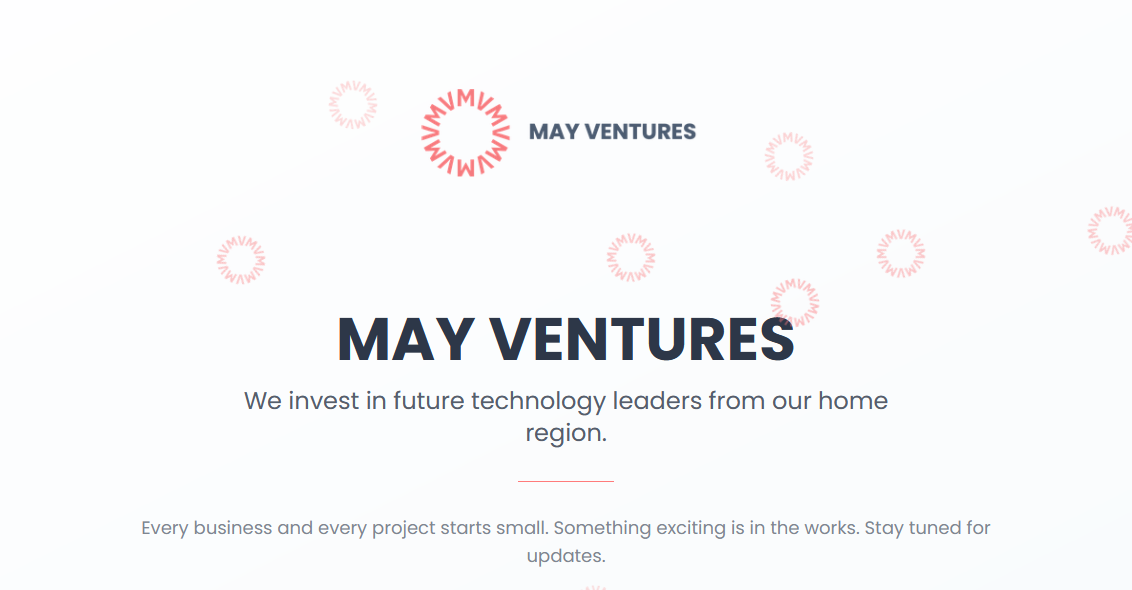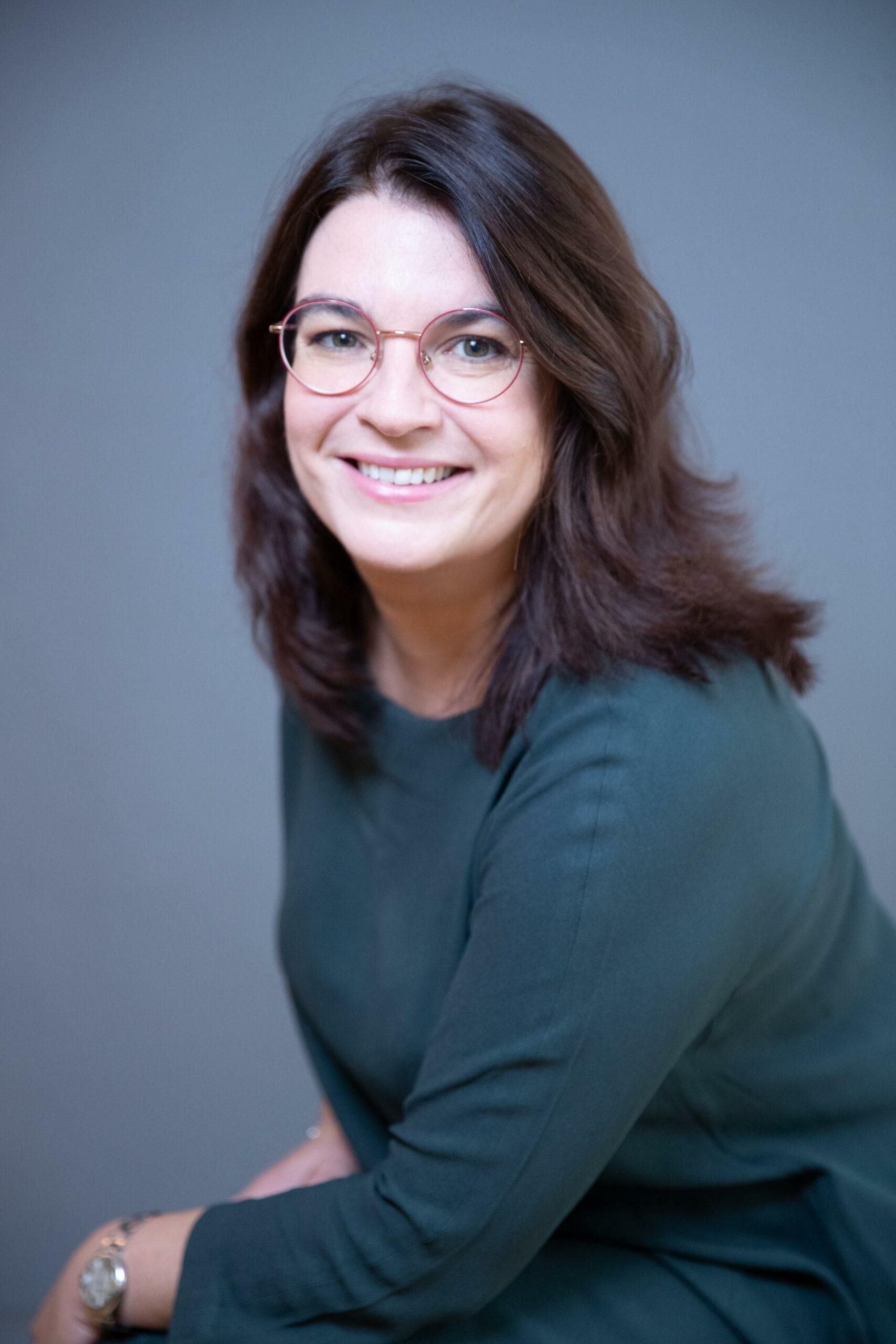The ultimate tips for the perfect pitch deck

If you want to convince investors, you need a good pitch deck. It should contain all the important information - but the presentation should not be too long. A few tricks and tips.
When creating a pitch deck, founders can make many mistakes, starting with embarrassing spelling mistakes and ending with completely superfluous slides. If you want to convince investors, you have to stand out from all the requests for funding from other start-ups that VCs are constantly receiving. There is no magic formula for the perfect pitch desk, as VCs, business angels and founders repeatedly emphasize. Sevdesk boss Fabian Silberer, for example, says that basically anyone could create a glossy pitch deck today - and that investors are increasingly looking at the team behind the start-up. But the one does not exclude the other. It goes without saying that a good pitch deck should also include an introduction to the team, and there are a whole series of basic rules that founders should always follow. We have compiled the most important ones.
Tip 1: Keep the target group in mind
One thing right from the start. The pitch deck does not replace a business plan, it is more of a concise summary. The first step is the most important, because by answering the question of which target group the pitch deck is intended for, founders lay the foundation for their presentation. For example, a pitch deck can be important for convincing a jury, winning over a business angel or obtaining money from a traditional VC.
Juries often primarily evaluate the idea behind the start-up without demanding specific financial figures. The VC will be much more interested in scalability. A business angel may expect a start-up in the early stages to have a concept that has been thought through down to the last detail. The following tips for the structure are primarily aimed at pitch decks with which founders want to convince VCs.
The basis:
15 slides are generally regarded as the absolute maximum for a presentation of your own start-up; at best, twelve are sufficient. A pitch deck should stimulate and arouse interest in more. Founders can still send a fully formulated business plan afterwards if a VC requests it. In this case, the pitch deck has already fulfilled its purpose. What's more: In principle, only a little text belongs in slides, graphics or images usually have a more meaningful effect.
The content:
Typically, the business idea should be described in one sentence on the first slide. The name of the start-up should also be on the first page, as well as a logo if it already exists. A date should also be included - if only to signal how up-to-date the presentation is.
The team:
On the second page, the founders usually introduce themselves briefly. They briefly outline the role they play in their start-up and what qualifications they have. The second page is particularly important for gaining the trust of investors. They want to get an impression of who they would be dealing with in the event of an investment.
Tip 2: Pay attention to a sensible structure
Theoretically, the structure of the pitch desk could be tinkered with a little below. The most common approach is to describe the "problem" that the start-up wants to solve on the third slide. On the fourth page, founders should discuss the solution that is ideally only possible with their product. A more detailed description of the product or service is then useful. If there are already pictures of the product, they belong on the fifth slide.
The target group:
Typically, slide six is followed by a consideration of the intended target group: who all would buy the start-up's product? What market share do the founders want to capture in the long term? The figures here need to be as concrete as possible. On the next page, founders should work out their unique selling proposition. Investors are already aware that there are usually competitors, but the presentation should clearly show why the start-up's product should be better.
Tip 3: Concrete figures are vital for survival
Fairness requires that founders name their competitors. This is usually done on slide eight. A proper assessment of the competition also makes founders appear more serious to VCs. It is very unlikely that there really are no competitors at all. Slide nine is all about concrete figures. Investors want to know how the start-up intends to generate revenue.
The milestones:
On slide ten, founders should explain why their business model will work. Proving feasibility in this way is particularly difficult for start-ups in the early stages. If this is not yet possible, for example, founders can list milestones achieved to date here. The number of customers to date could also be included here.
The financing requirements:
Slide eleven is very crucial for investors. This is where the start-up's financing requirements are listed. Founders must explain exactly how much money they need - and how they intend to use it. If an investor can understand these ideas, they will also turn to the last slide, on which the founders have to provide their e-mail address and a telephone number.

Newsletter
Startups, stories and stats from the German startup ecosystem straight to your inbox. Subscribe with 2 clicks. Noice.
LinkedIn ConnectFYI: English edition available
Hello my friend, have you been stranded on the German edition of Startbase? At least your browser tells us, that you do not speak German - so maybe you would like to switch to the English edition instead?
FYI: Deutsche Edition verfügbar
Hallo mein Freund, du befindest dich auf der Englischen Edition der Startbase und laut deinem Browser sprichst du eigentlich auch Deutsch. Magst du die Sprache wechseln?






















